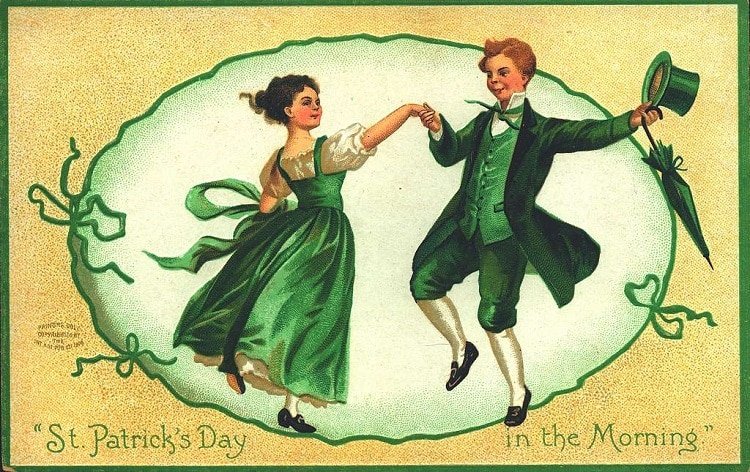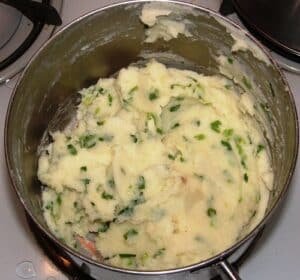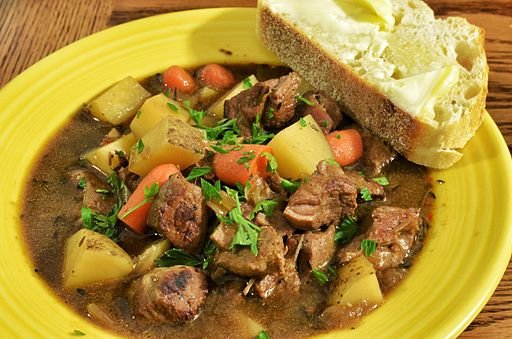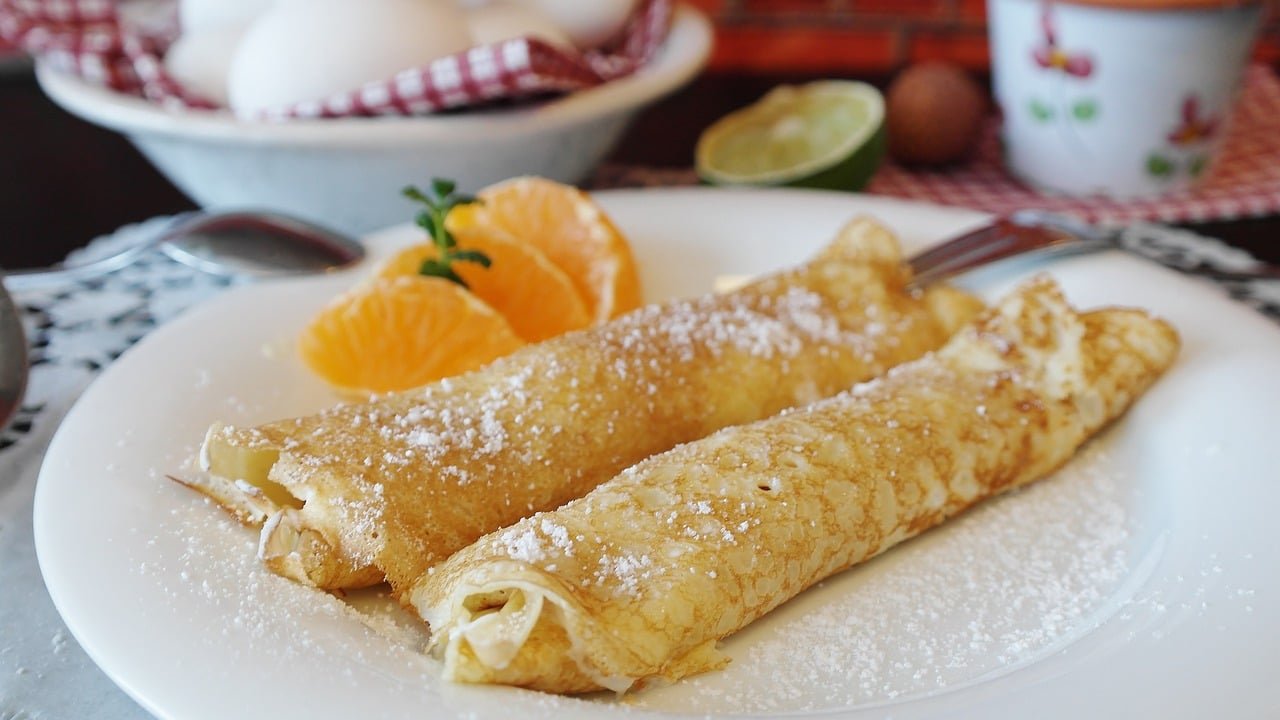This weekend people from Belfast to Boston will be wearing green in celebration of all things Irish. St. Patrick’s Day is celebrated as far afield as Australia and it’s said that everyone claims to be a little bit Irish on March 17. But who was St. Patrick? Why do we celebrate him? And what are some traditional Irish foods that you can enjoy at any time of year?
St. Patrick
St. Patrick’s Day takes place every year on March 17. Once a religious celebration of Ireland’s patron saint, it has evolved into an often-raucous day of parties, beer, and Guinness. But to know more about the man for whom the day is named, we need to go back to the 5th century. That’s when Maewyn Succat (later Patrick) lived.

Maewyn was born in the late 4th century in Roman-occupied Britain. In approximately 400 A.D., Maewyn (aged 16) was kidnapped by Irish pirates who took him back to Ireland. There he reportedly spent the next six years enslaved, working as a sheep herder. Eventually, he escaped, walking across Ireland and finding a ship that would carry him home. The experience marked the beginning of his Christian faith, a faith further strengthened when he claimed to have had a dream where God told him he must return to Ireland to spread Christianity. Maewyn spent 15 or so years in a monastery. During this time, he became a priest, changed his name to Patricius, and finally moved to Ireland to carry out missionary work. He established a number of churches there. Patrick died on March 17, 461. By the 7th century, the anniversary of his death was being celebrated as a holy feast day and he was considered Ireland’s patron saint.
There are several legends associated with Patrick. The first is that he drove the snakes out of Ireland. While this is a nice tale, there were no snakes in Ireland to begin with. The second is that he used the shamrock to explain the Trinity. Again, it’s a nice story albeit one with no concrete evidence.
Celebrating St. Patrick’s Day
For centuries, the Irish marked St. Patrick’s Day as a religious feast. In the morning there would be church services dedicated to him. In the afternoon, the Catholic church provided a special dispensation to break with the fasting rules of Lent so that people could enjoy a meal of bacon and cabbage. In these early days, Ireland and St. Patrick were associated with the colour blue. Green would not be adopted until about 1798 when Irish nationalists adopted the colour to mark themselves separate from the British.

The parades now so deeply engrained in St. Patrick’s Day celebrations began not in Ireland but in the Americas. An Irish priest organized the first in Spanish-held St. Augustine, Florida in 1601. The next recorded parade was in New York in 1762. Irish soldiers marched to commemorate home. Soon after, parades were regular occurrences throughout the growing nation but especially in cities with large Irish populations. New York, Boston, and Chicago still hold some of the largest St. Patrick’s Day parades, attracting tens of thousands of revellers. If you are in the US on March 17, expect to dine on green beer, corned beef, and cabbage.
Meanwhile, in Ireland, St. Patrick’s Day became an official public holiday in 1903. The first parades were held that same year. In Dublin, it has expanded to become a multi-day festival. Since the holiday falls on a Sunday this year, a three-day weekend in Ireland will make it all the more special. Corned beef is an Irish-American tradition. In Ireland, expect pints of Guinness to wash down bacon and cabbage.
Ten Irish Foods to Try
For a traditional taste of Ireland, we suggest adding one or more of the following delicacies to your St. Patrick’s Day feast.

- Colcannon. Potatoes were introduced in the 16th century and soon became a staple of the Irish diet. Colcannon is a perfect mix of mashed potato, cabbage, and butter. The ideal comfort food.
- Champ. Similar to colcannon, champ consists of mashed potato, milk, butter, and spring onions.
- Farls. Another example of the versatility of the humble potato, the farl is a type of flatbread made with mashed potato. It is typically cut into quarters and can be served fried with an Irish breakfast.
- Soda Bread. Whether eaten with a meal or on its own (with a generous slathering of butter), soda bread is one of those recipes that everyone learns. Bicarbonate of soda and buttermilk act as the rising agent.
- Boxty. There are various forms of eating and cooking boxty but it all uses the same basic recipe: raw grated potato mixed with mashed potato, flour, and salt. Try it with bacon and eggs. Or for something a little fancier, pair with smoked salmon and sour cream.
- Irish Stew. Beef, mutton, or lamb. Potatoes. Onions. Carrots (or not). Pearl barley. Herbs. The making of a true classic.
- White pudding. You’ve heard of black pudding but in an Ulster fry you’ll find both black and white pudding. Like black pudding, it contains oats, suet, breadcrumbs, and often some liver. Unlike its darker counterpart, it doesn’t contain blood.
- Boiled bacon and cabbage. Boiled bacon (salt pork) served with boiled cabbage and boiled potatoes is a favourite dish and one you can expect to see on St. Patrick’s Day.
- Coddle. The Irish learned the importance of using every last scrap of food. Coddle is the perfect example. The slowly-simmered leftovers from the week’s stews would have some pork, bacon, or sausages added to make up one final meal. Mop of the juices with soda bread.
- Barm brack. Much like the Welsh bara brith, barm brack might have the added kick of Irish whiskey. Smother with butter and wash down with mugs of Irish tea.




